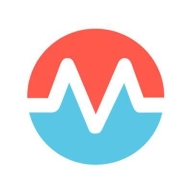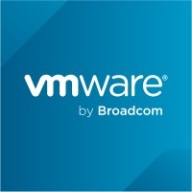

VMware Aria Automation and Morpheus are key contenders in the IT automation platform category. VMware has an edge in integration within its product suite, while Morpheus stands out with its third-party integrations and ease of use.
Features: VMware Aria Automation is known for its robust server provisioning, seamless integration with VMware products, and user access management. Morpheus excels in multitenancy support, strong third-party integrations, and management of hybrid and multi-cloud infrastructures.
Room for Improvement: VMware Aria Automation can enhance integration with public cloud platforms and simplify its interfaces while improving its documentation and support. Morpheus could advance in complex networking tasks, better initial documentation, and expanded customization options.
Ease of Deployment and Customer Service: VMware Aria Automation is strong in on-premises deployment but less so in hybrid environments, with variable support responsiveness. Morpheus is flexible across hybrid and public clouds, offering intuitive deployment but facing challenges in support responsiveness.
Pricing and ROI: VMware Aria Automation is perceived as expensive, yet offers significant ROI for those fully utilizing its capabilities. Morpheus has a flexible pricing model, appealing to diverse organizational needs, and is often viewed as cost-effective initially, though it can become costly for large deployments.
| Product | Market Share (%) |
|---|---|
| VMware Aria Automation | 7.1% |
| Morpheus | 5.5% |
| Other | 87.4% |


| Company Size | Count |
|---|---|
| Small Business | 5 |
| Midsize Enterprise | 3 |
| Large Enterprise | 4 |
| Company Size | Count |
|---|---|
| Small Business | 32 |
| Midsize Enterprise | 24 |
| Large Enterprise | 130 |
Morpheus is a 100% agnostic cloud management platform (CMP) designed from the ground up to unify management of multi-cloud and hybrid IT while empowering DevOps teams with self-service provisioning of bare metal, VM, and container-based application services.
VMware Aria Automation is a cloud management tool that allows companies to simplify their cloud experience through a modern automation platform. The solution is designed to deliver self-service clouds, multi-cloud automation with governance, and DevOps-based security and infrastructure management. It helps organizations improve IT agility, efficiency, and productivity through its various features.
VMware Aria Automation has multiple use cases that include the following:
VMware Aria Automation Features
VMware Aria Automation has various features that allow users to easily perform operations. Some of the solution's capacities include:
VMware Aria Automation Benefits
VMware Aria Automation offers its users various benefits. Some of the biggest advantages that the solution brings to companies that utilize it include:
Reviews from Real Users
Awais J., CTO/CEO at a tech services company, likes VMware Aria Automation because it saves a lot of time, provides more visibility, and has extensive automation capabilities.
An IT consultant at a government rates VMware Aria Automation highly because the product gives you flexibility to analyze and consume resources.
We monitor all Cloud Management reviews to prevent fraudulent reviews and keep review quality high. We do not post reviews by company employees or direct competitors. We validate each review for authenticity via cross-reference with LinkedIn, and personal follow-up with the reviewer when necessary.